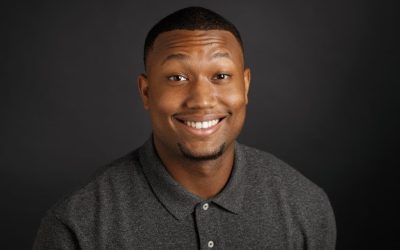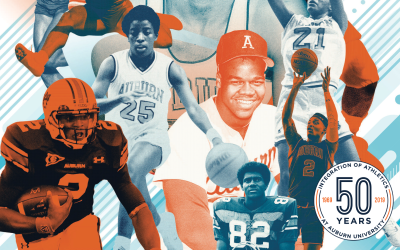CJ Holmes’ rise from Auburn basketball walk-on to beat writer for the Golden State Warriors is the stuff of hoop dreams.
Men’s Basketball
The Everything Player
Jabari Smith is the everything player at the everything school.
An Experiment That Had to Work
2019 marks the 50-year anniversary of the integration of Auburn University athletics. History-makers, then and now, tell their stories of leveling the playing field on the Plains.
No Results Found
The page you requested could not be found. Try refining your search, or use the navigation above to locate the post.
We need your great Auburn stories!
We are looking for the newest, most inspiring stories about Auburn students, faculty, staff and alumni. Stories that touch the head and heart and show Auburn as a modern university that embraces its history and celebrates the Auburn Family every chance it gets.
Have you recently had a job promotion, married or had an addition to your family?
Send us your class note and remember to add your class year.
More Men’s Basketball Stories
No Results Found
The page you requested could not be found. Try refining your search, or use the navigation above to locate the post.


